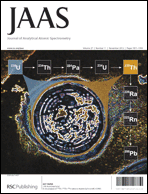
Günther et al., J. Anal. At. Spectrom., 2012, 27, 1863
This month’s issue of JAAS is now online and ready for you to read. On the outside front cover comes an image from a research paper by former Chair of the Editorial Board Detlef Günther, J. M. Koornneef and colleagues in Switzerland and Germany, who have been studying the the potential of femtosecond laser ablation multi-collector inductively coupled plasma mass spectrometry (fs-LA-MC-ICPMS) for in situ analysis of U–Th disequilibria in titanite.
In situ analysis of 230Th–232Th–238U ratios in titanite by fs-LA-MC-ICPMS
J. M. Koornneef, L. Dorta, B. Hattendorf, G. H. Fontaine, B. Bourdon, A. Stracke, P. Ulmer and D. Günther
J. Anal. At. Spectrom., 2012, 27, 1863-1874
DOI: 10.1039/C2JA30162H
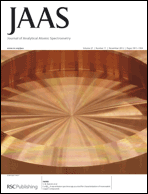
Butorin et al., J. Anal. At. Spectrom., 2012, 27, 1882
On the inside front cover we have an image from Sergei Butorin, Uppsala University, who with colleagues from France and Sweden have been studying the valence bands of copper to enable distinguishing between different monovalent copper compounds. An important factor in the debate concerning copper corrosion in oxygen-free water.
Cu Kβ2,5 X-ray emission spectroscopy as a tool for characterization of monovalent copper compounds
J. R. Vegelius, K. O. Kvashnina, M. Klintenberg, I. L. Soroka and S. M. Butorin
J. Anal. At. Spectrom., 2012, 27, 1882-1888
DOI: 10.1039/C2JA30095H
These cover papers will be free to read for 6 weeks.
We also have two very interesting Tutorial Reviews this month. The first is a beginner’s guide to nuclear forensics by F. E. Stanley, and the second is a review of green chemistry in AAS by C. Bendicho and colleagues. These reviews will be free to read until Oct 26th.
A beginner’s guide to uranium chronometry in nuclear forensics and safeguards
F. E. Stanley
J. Anal. At. Spectrom., 2012, 27, 1821-1830
DOI: 10.1039/C2JA30182B
Green chemistry in analytical atomic spectrometry: a review
C. Bendicho, I. Lavilla, F. Pena-Pereira and V. Romero
J. Anal. At. Spectrom., 2012, 27, 1831-1857
DOI: 10.1039/C2JA30214D
The JAAS Board has been extremely busy this month, we have papers from our new Chair of the Editorial Board, Frank Vanhaecke and Advisory Board members Enrico M. M. Flores and Maria Montes-Bayon. These papers will be free to read until Oct 26th.
Optimization of sample preparation and a quadrupole ICP-MS measurement protocol for the determination of elemental impurities in pharmaceutical substances in compliance with USP guidelines
K. Van Hoecke, C. Catry and F. Vanhaecke
J. Anal. At. Spectrom., 2012, 27, 1909-1919
DOI: 10.1039/C2JA30128H
Bromine and iodine determination in active pharmaceutical ingredients by ICP-MS
Aline L. H. Muller, Paola A. Mello, Marcia F. Mesko, Fabio A. Duarte, Valderi L. Dressler, Edson I. Muller and Erico M. M. Flores
J. Anal. At. Spectrom., 2012, 27, 1889-1894
DOI: 10.1039/C2JA30212H
Elemental mass spectrometry for Se-dependent glutathione peroxidase determination in red blood cells as oxidative stress biomarker
Juan Gómez-Espina, Elisa Blanco-González, Maria Montes-Bayón and Alfredo Sanz-Medel
J. Anal. At. Spectrom., 2012, 27, 1949-1954
DOI: 10.1039/C2JA30115F
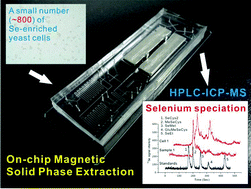











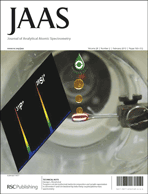
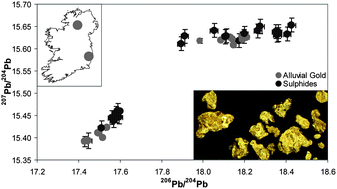
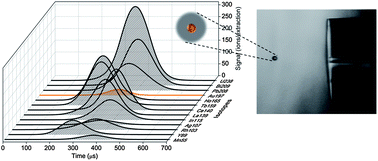
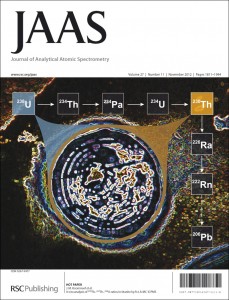




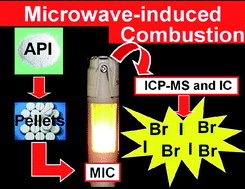
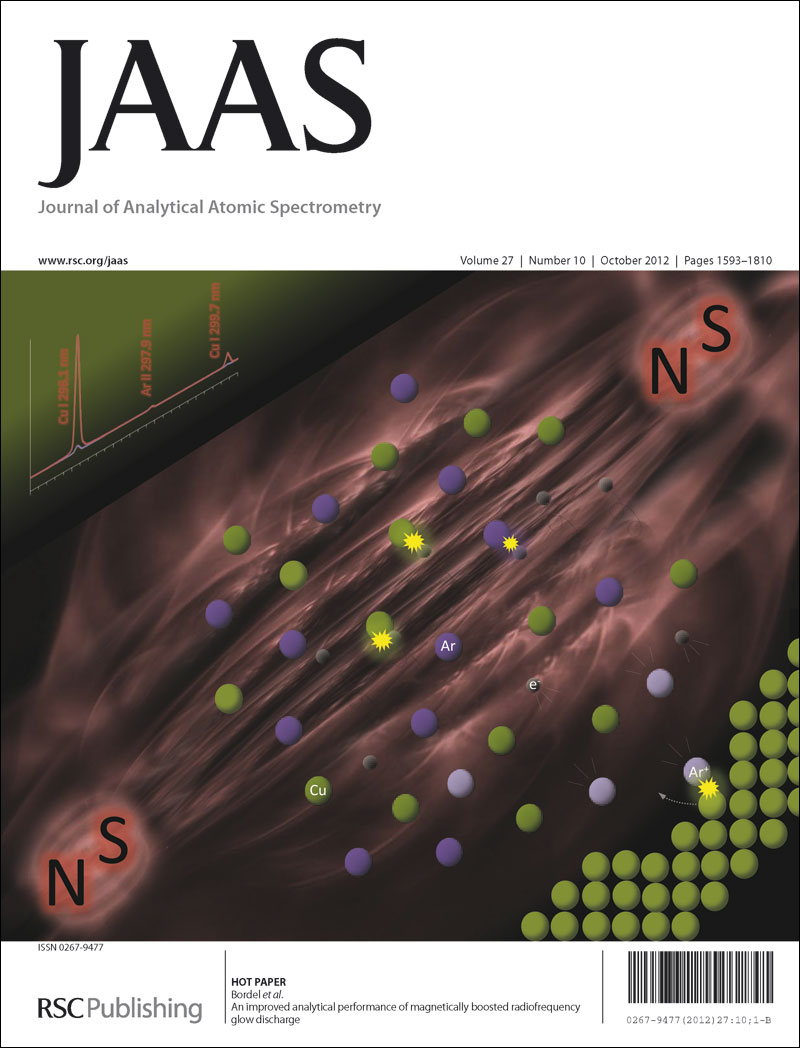
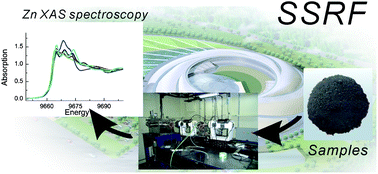
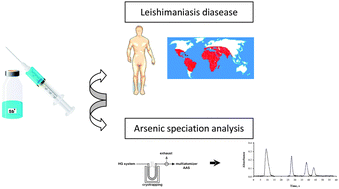
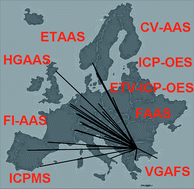
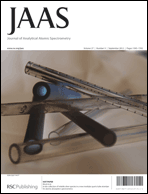
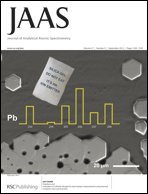
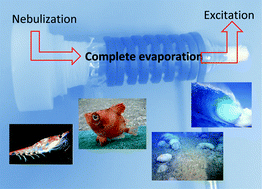 We’ve already had some great HOT articles this month in
We’ve already had some great HOT articles this month in 